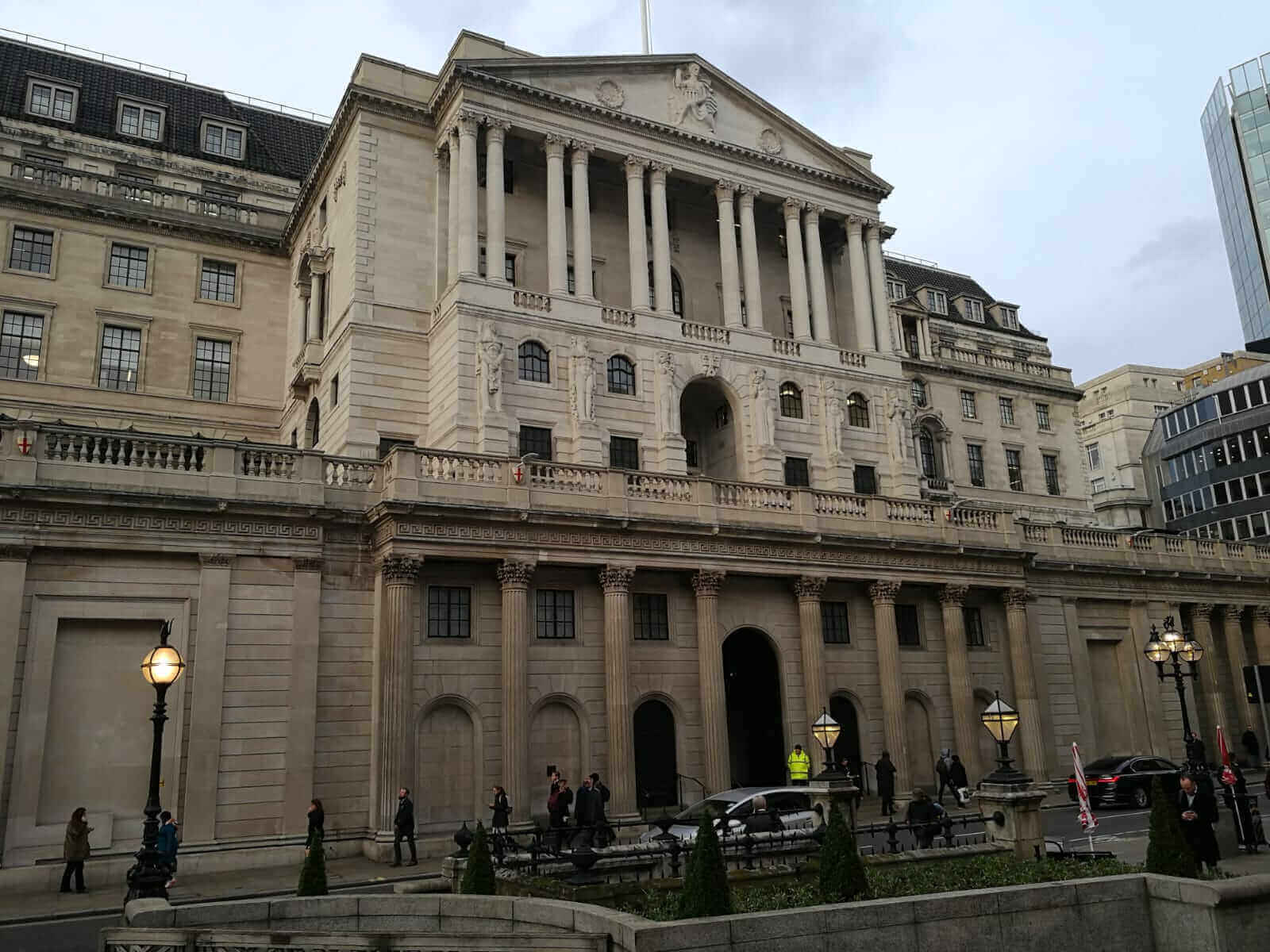 In an unsurprising move, the Bank of England decided to keep its cash rates steady, leaving it at 0.75 percent during the central bank’s last meeting of 2019. Despite being unsurprising, this move was quite remarkable especially given the current state of the British economy.
In an unsurprising move, the Bank of England decided to keep its cash rates steady, leaving it at 0.75 percent during the central bank’s last meeting of 2019. Despite being unsurprising, this move was quite remarkable especially given the current state of the British economy.
During its announcement, the bank made a cautious statement regarding the future of the economy, which has been suffering from weakness this year. In the first quarter, the British GDP went up by 0.5 percent, followed by a 0.2 percent contraction in the second, and a soft recovery in the third, gaining 0.3 percent.
The bank expects the British economy to grow marginally in Q4 as exports and investment have remained weak despite the surge in household consumption. An improving global situation, aided by a reduction in uncertainty levels and modest recovery, makes bank members believe that the British economic growth is going to pick up next year.
It also highlighted that the pound sterling and British stocks have appreciated in a significant way against their counterparts (before and after the elections), and that unemployment rates remain stable as well as having an employment rate that's around its record high.
Regarding the global economic situation, the bank highlighted the advances in the talks between the United States and China but remained cautious given the new wave of tariffs against countries like Brazil, Argentina, and France, which added to the uncertainty in the international markets.
Inflation, on the other hand, remains way below the bank's target, which is currently set at 2 percent. Britain's consumer price inflation remained unchanged in November, at 1.5 percent, hitting its lowest level since November 2016. The monetary policy committee expects the inflation rate to follow this trend in 2020 and made clear that monetary policy could still respond in such a way that it would help to bring back inflation to the target.
"Monetary policy could respond in either direction to changes in the economic outlook in order to ensure a sustainable return of inflation to the 2% target," said the BoE’s statement.
In reality, despite making sure that the inflation levels remain close to the bank’s target, the central bank needs to adjust its monetary policy stance in such a way that it aids the British economic growth and employment levels. Simply put, when making its decision, the bank needs to take into account the possible effects of leaving the European Union, as well as the timeline, and whether it will withdraw from the union with or without a deal.
Despite the recent overwhelming victory that gave the Tories an ample majority in the British parliament, there is still the underlying uncertainty associated with the second phase of the talks that the UK representatives are holding with Brussels. The fact that the British PM Boris Johnson is attempting to make illegal to ask for an extension for the A50 Notice beyond 2020 only contributes to the unease.
This, together with the mixed economic picture, enables us to understan the bank’s decision to express its cautiousness and its willingness to leave the door open for future changes in the monetary policy.
And it seems that the market actors are not indifferent to this fact either. The GBP/USD has been closing on the negative territory during the last couple of days, as well as experiencing a lot of volatility recently. It rebounded during the European session on Thursday mostly aided by a bullish US dollar but came back to the negative territory right after the bank's announcement, showing how uncertainty still weighs on the market.
